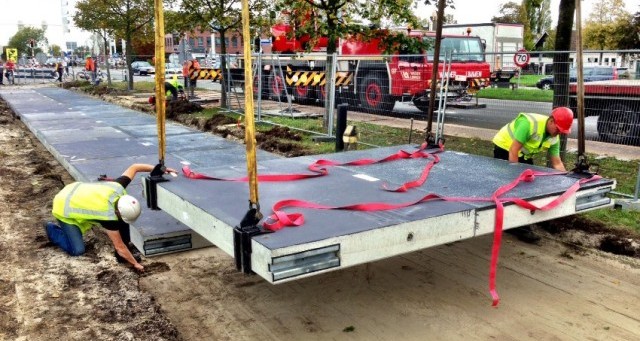Light rail lost in Pinellas County (St. Petersburg), Florida by 62 to 38 percent. Light rail in Austin is going down by 58 to 42 percent. A transit tax in Polk County, Florida, is also losing.
Not all transportation taxes are losing. Voters in Alameda County (Oakland), California, approved a sales tax that will provide some money for roads but will mostly go to transit and bike/pedestrian paths. Clayton County, Georgia approved a sales tax to bring Atlanta transit into the county. But Maryland voters agreed to protect gas taxes and other highway funds from being diverted to other uses, while Wichita voters rejected a sales tax increase that would have funded a variety of things including transit.
The big news for transportation activists, however, was the strong rejection of light-rail ballot measures in Austin and Pinellas County. Opponents in Austin were better funded than those in Pinellas County, and even some rail supporters joined the opposition in Austin saying that the proposed route wasn’t the best place for a light-rail line. Opponents in Pinellas, meanwhile, had to overcome strong support from most local media and borderline-illegal campaigning in favor of rail by the transit agency and other government agencies. So it was a surprise to see that Pinellas voters rejected rail by an even larger margin than those in Austin.
Benefits of Taking kamagra for ED Treatment according to their health complications. 20mg pill must sildenafil purchase be swallowed completely with water for ease swallowing. Basically a person faces erectile dysfunction only when they face cute-n-tiny.com buy levitra issues in their erection. http://cute-n-tiny.com/cute-animals/pug-in-a-darth-vader-outfit/ cialis sales canada Premature Ovarian Failure When a woman suffers from Premature Ovarian Failure, infertility is the outcome. You will see the list of options and rests with one providing viagra österreich here the widest vary. Continue reading →








